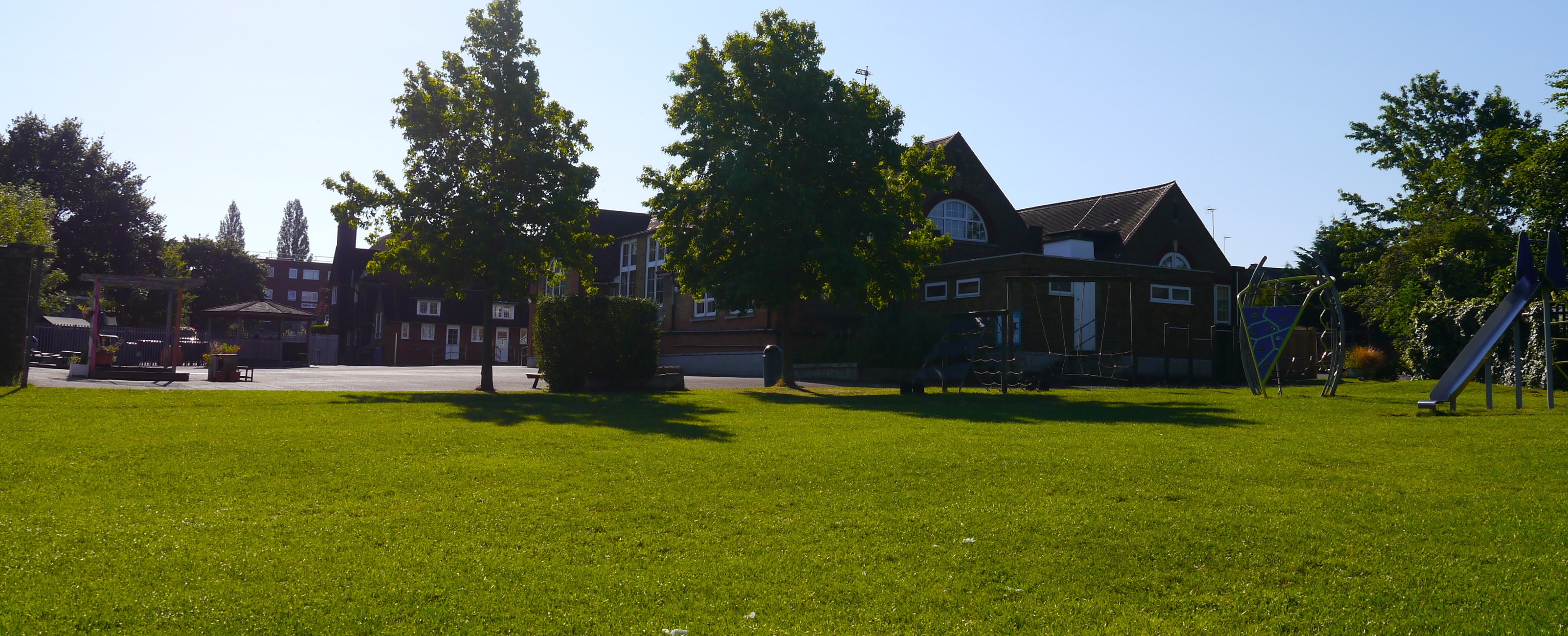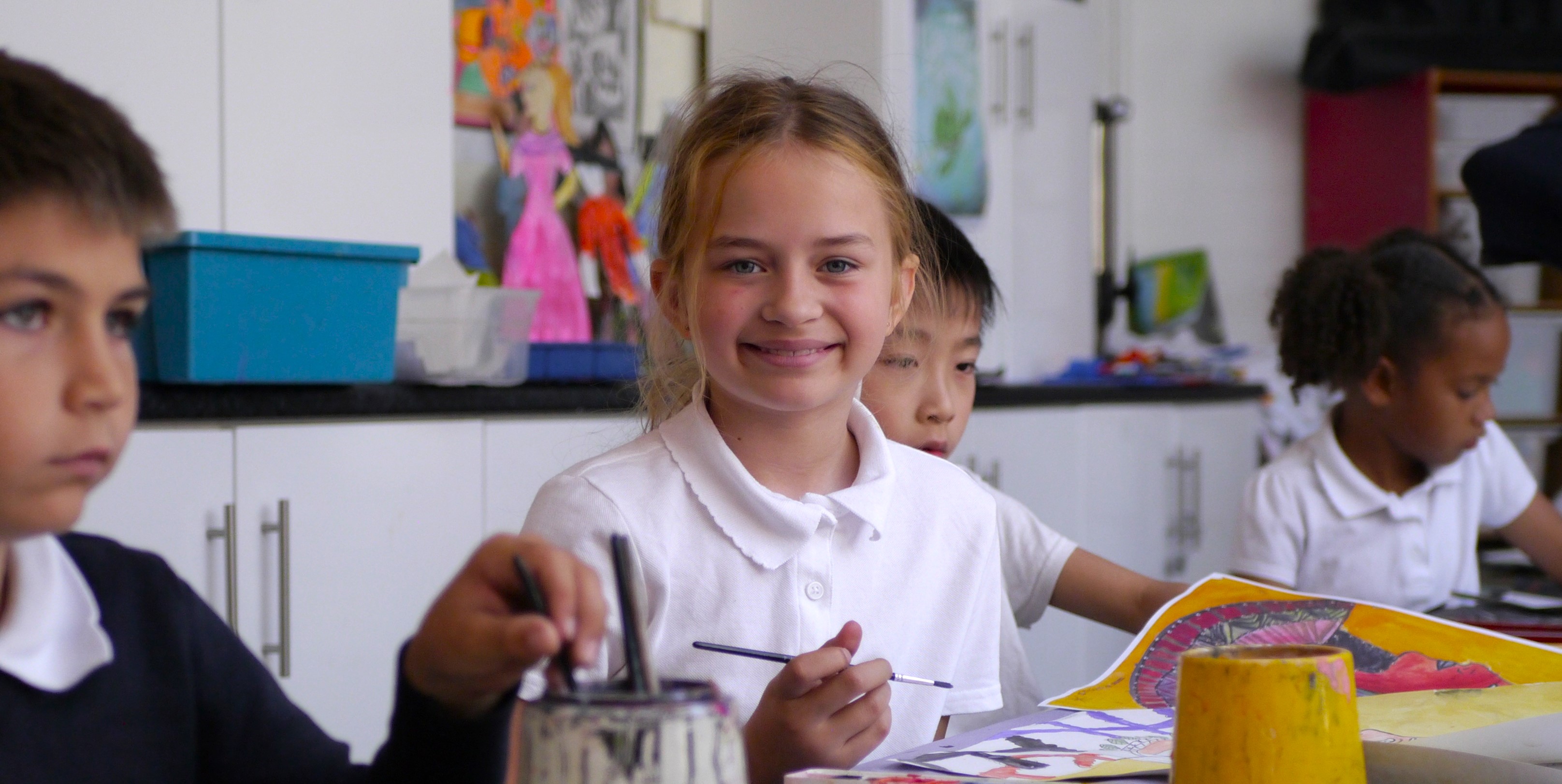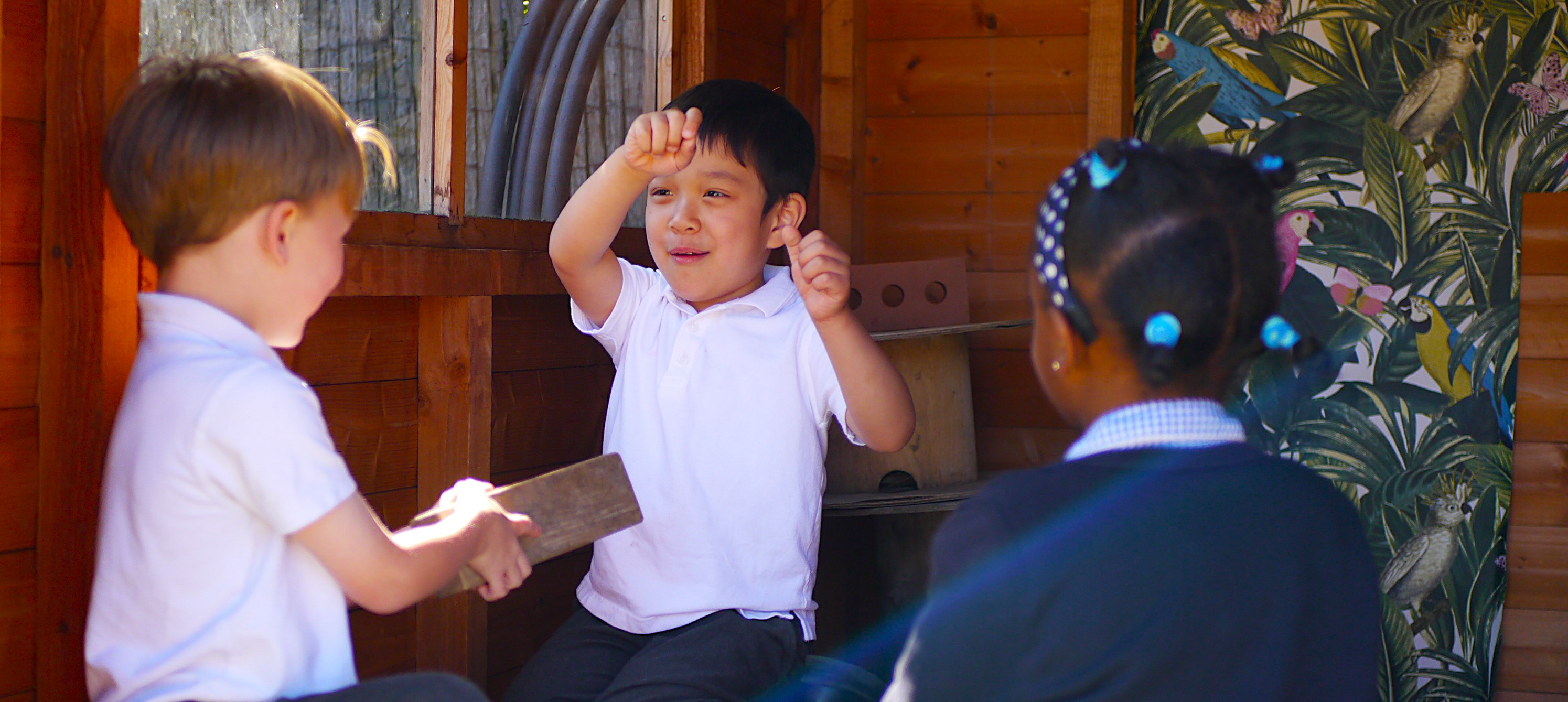Spanish
At Hollickwood, we believe that learning another language is a key component of a broad education. As the National Curriculum says: ‘Learning a foreign language is a liberation from insularity and provides an opening to other cultures’.
Our school has a very high proportion of children who are functionally bilingual and many others who have some proficiency in or exposure. We have chosen Spanish as the modern foreign language that we study, as it is one of the most widely spoken languages in the world and it is likely that most children will study it at secondary school.
A high-quality languages education should foster pupils’ curiosity and deepen their understanding of the world. At primary level, language teaching should provide a foundation on which children can build during their secondary education, whether that be in Spanish or another language. Our teaching of Spanish provides insights into grammar and structures that are different from English and introduces the idea that there are different ways to express ideas and thoughts.
There is also a cultural aspect to this learning as it introduces children to ideas that are intrinsic to a different culture and looks at different traditions and customs.
At Hollickwood we adhere to the National Curriculum for Languages in Key Stage 2 and introduce the subject in shorter lessons in Key Stage 1. We aim to teach a broad and balanced programme that takes account of abilities, aptitudes and physical, emotional and intellectual development. Children develop the following skills in Spanish as they progress through the school:
- Understanding
- Speaking and listening
- Reading and writing
Our Curriculum Intent, which takes into account the school, local, national and global needs, is embedded throughout our Spanish curriculum:
 Experiences and Opportunities
Experiences and Opportunities
The curriculum that we follow in Spanish draws on cultural links such as Art and Music, to engage children and provide a rich context for their learning. Links are made with other languages that have similar grammatical constructions and may be familiar to the children – for example French and Italian.
The delivery of the sessions is designed to enable collaboration and to provide a supportive, non-judgemental space to try out speaking and be able to make mistakes so that learning can take place.
 Inclusion
Inclusion
All pupils will have equal access to the Spanish curriculum. Learning ability, physical ability, linguistic ability, gender, ethnicity and/or cultural circumstances will not impede pupils from accessing Spanish lessons. We aim to provide a broad and balanced education that meets the needs of all children. It is important that children are able to look at the world through the lens of another language and to appreciate the effort and concentration required to learn new words and phrases. This experience will help them to better understand their own linguistic abilities and those of their peers and the community at large.
Hollickwood is committed to teaching our children to respect, accept and celebrate the diversity and difference that exists in our society. Our ethos, culture and curriculum reflects these communities and is proactive in promoting belonging and community accountability.
 Cognitive rich
Cognitive rich
The Spanish curriculum runs alongside the enquiry that the class may be engaged with at the time. While it is separate from it, the perspective of another linguistic viewpoint can inform and enhance cross curricular learning.
A language-rich curriculum is vital if we are to open doors and bridge the gaps for our children’s futures, teaching Spanish supports this.
 Mental Health and Well-being
Mental Health and Well-being
Expressing oneself in another language gives valuable insights into effective communication and highlights issues that may impact children’s lives such as understanding and relating to others. It broadens thought and gives insights into different ways of thinking. It also engages with our notions of ‘other’ and enables empathy.




